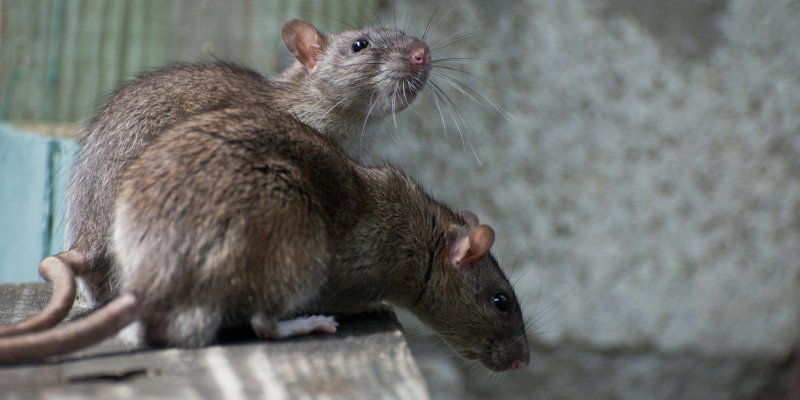The Environment Agency evaluates biocidal products and devices for the control of vectors and other pests of public health importance. The environmental safety and efficacy of relevant products is evaluated when applied and used according to the directions of use. A list of products and devices of proven effectiveness is published by the Federal Office of Consumer Protection and Food Safety (BVL). This approach ensures that an outbreak can be managed appropriately. The legal base for these evaluations is laid down in the German Infection Protection Act (§§ 17 and 18 Infektionsschutzgesetz).
Testing Facility
Many different assays for contact poisons and baits, bait boxes and traps are carried out in the laboratory against a variety of target organisms. The laboratory may carry out tests strictly at the requests of governmental institutions only; no tests can be conducted for private companies.
Head Lice Products on Trial
In addition, products against lice are tested for their efficacy as complete control of these pests is of great importance. Market authorization of these products is granted by the Federal Institute for Drugs and Medical Devices (Bundesinstitut für Arzneimittel und Medizinprodukte, BfArM). A list of products that comply with the efficacy standards are published on a regular basis.
Vectors without Borders… International Activities
These days, infectious diseases and their vectors travel long distances quite quickly, crossing borders between countries and continents. That is why international co-operation and collaboration is of utmost importance. International regulations and guidelines to control vectors are kept up to date and best practices are adapted to the demands of an ever-changing environment. To this end, working in close collaboration with colleagues across nations is a hallmark of our office.
Research for the Future
Anthropogenic global warming, often referred to as ‚climate change‘, can cause various adverse effects in the biotic and abiotic environment. This may also include changes in the occurrence and spread of disease carriers. The spread of some blood-sucking insects (mosquitoes) and ticks is of particular concern, but also of some rat and mouse species which usually prefer warmer regions. Populations of thermophilic species might thrive and expand to regions where they were unable to exist to date. It is also known that some infectious agents require and can only survive in thermophilic hosts. Much needs to be investigated in the years to come regarding these issues. The Environment Agency aims at contributing to accomplish these tasks.
Advisory Committee on ‚Public Health Pests‘
The Environment Agency regularly seeks advice from external consultants. This enables up-to-date discussions with experts from universities and state authorities and provides information and guidance in addressing pertinent issues. The department hosts the standing committee on ‘Public Health Pests’ (Committee for the Evaluation and Assessment of the Efficacy of Chemicals and Devices for Use against Pests of Public Health Importance).
 Click to enlarge
Click to enlarge
